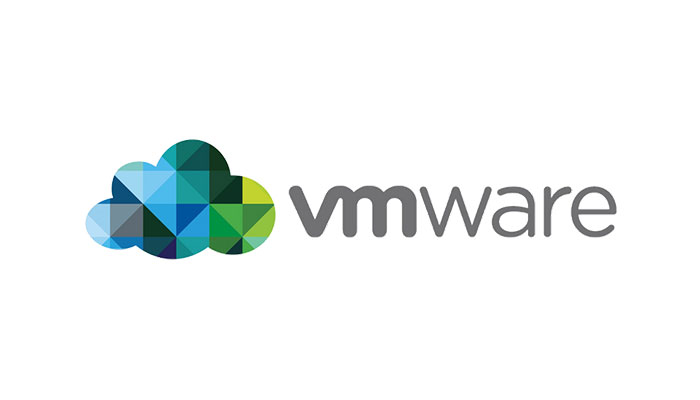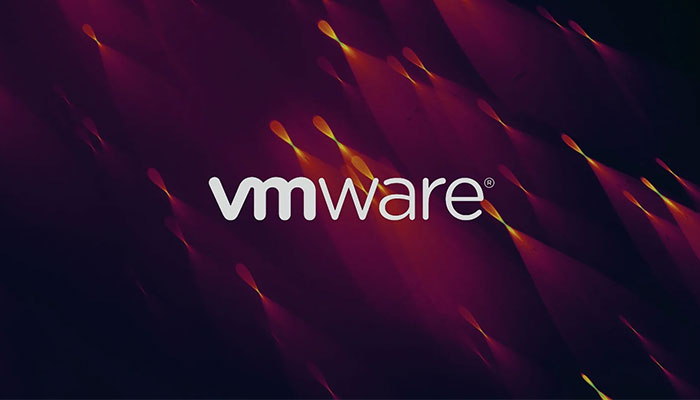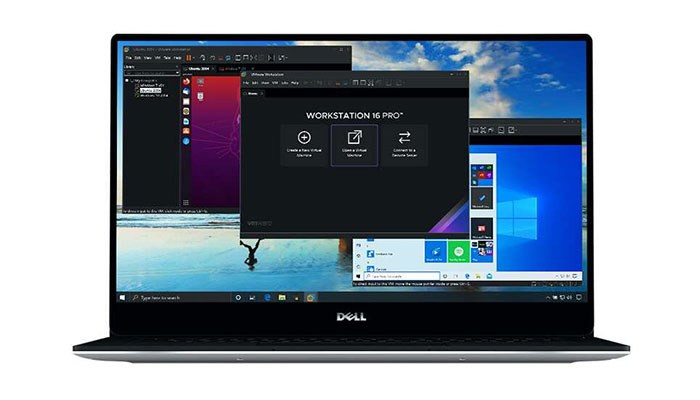VMware Workstation
VMware is a software package that is not the name of a particular software, but the name of a group of features and capabilities for server virtualization (such as the Office package that includes different software that have the same purpose). By using these features, you can create a data center infrastructure, establish an excellent connection between the servers in your data center, and easily manage everything through a single panel.

How VMware vSphere works
The hardware of x86 computers are designed in such a way that they can run only one operating system and single application at a time. Even in some cases, despite the application software that exists in it, it still does not cover all the needs.
The licensed VMware virtualizes and consolidates physical hardware resources into multiple modes, bringing pools of hardware resources logically to your data center.
At the most basic level, virtualization allows you to run multiple virtual machines on a single hardware at the same time. While that virtual machine has its own resources. Different virtual machines can run different operating systems and different services in a physical machine.
Virtualization is a process that eliminates the direct connection of operating systems and software on them with physical hardware.
Using VMware vSphere, in addition to virtualizing a physical server, you can create a complete virtual infrastructure with thousands of interconnected physical computers along with storage devices. You can also dynamically change resources and processes and allocate hardware resources, and you don’t need to allocate dedicated server, storage space, and bandwidth to an operating system.
Unifying or merging servers through virtualization allows you to get the most out of your existing servers. In this way, you will need less human resources for management and your energy and maintenance costs will decrease.
The licensed VMware Vsphere manages many sets of infrastructure such as processor, storage space and network as an integrated and dynamic operating environment.
What are the applications of VMware vSphere?
- vSphere integrates and scales your data center infrastructure using virtualization.
- Information technology organizations gain high flexibility in providing their services by using virtual infrastructure.
- By means of virtualization, the program and information can be removed from the complexity of the hardware infrastructure.
- You can reduce unplanned outages by using the attractive features of High Availability and Fault Tolerance, which we will introduce later.
- After virtualization with vSphere, the operating system and its applications are not limited to the limitations of an operating system residing on a physical server.
- Virtualization makes your data center infrastructure dynamic and flexible and reduces operational costs, as well as greatly reduces downtime and downtime.
- Virtualization enables any organization of any size to have high flexibility and reduce and manage its costs, for example, we can run our services as a virtual machine on a physical server that works instead of several physical servers. Let’s implement and save our space and money.
- Virtual machines also bring ease of use and effective and maximum use of resources to you, so that when you virtualize your data center, managing its infrastructure becomes much easier and you have all the resources at your disposal effectively. you have.
- Virtualization enables organizations to reduce and eliminate any planned or unplanned outages. For example, with vSphere, you can move virtual machines live from one server to another physical server while they are in service without interrupting service or work.
- The old program has complicated and difficult manual procedures for data recovery, but vSphere simplifies this environment in such a way that the configuration of hardware, operating system and programs are converted into data and stored in several files on the disk. Protecting these files using backup software means protecting the entire system. These files can be restored without changing any other server because virtual machines operate independently of hardware.
VMware key features
vMotion
One of the most attractive features that vSphere gives you is that you can automatically or manually move a virtual OS from one physical server (ESX) to another physical server (ESX) while it is running and serving. Transfer within a few seconds without any service interruption or downtime. So that the user does not feel any change or problem! (without losing a single packet)
Distributed Power Manager (DPM)
Many of us work in companies or organizations that after the end of working hours, there are no more users who want to use our network services or there are few users. However, our servers remain on until the next morning and are consuming electricity. Also, cooling devices should continue to work with full power during this time. DPM technology can automatically transfer them to one or more specific ESX Servers when the load on the servers decreases and keep the rest of the ESXs off until they are needed again, which has a great impact on the amount of electricity consumed and also It will increase the useful life of servers and their maintenance cost.
VM Update Manager
This feature allows you to easily update/patch all ESX and OS on them.
VMware Data Recovery
This feature is a backup and data recovery system for VMware without the need and dependence on an agent, which provides the possibility of preparing all kinds of backups from virtual machines.

VMware Distributed Resource Scheduler
Suppose you have several virtual OS on the host physical server (ESX Server) and the resources of the host ESX Server (such as CPU and RAM) are divided between them in a specific ratio. Now, if one of the virtual OS is faced with lack of RAM or CPU, while other virtual OSes have not fully used all their allocated RAM and CPU, in this case, DRS uses RAM or CPU of other machines to the required amount for the first OS and provides its need automatically in a fraction of a second.
Now, if RAM and CPU are not found to the required amount, with the help of vMotion, the VMware OS is transferred to another ESX Server that has enough resources, and in all these steps, the users of virtual OSes do not make any changes while working. in all these procedures, the user will not feel anything.
Storage vMotion
Another interesting feature of the licensed VMware is that you can automatically or manually move a virtual OS from one storage (where virtual OSs are stored) to another storage without any Convey the definite feeling of the service from the users and completely online.

